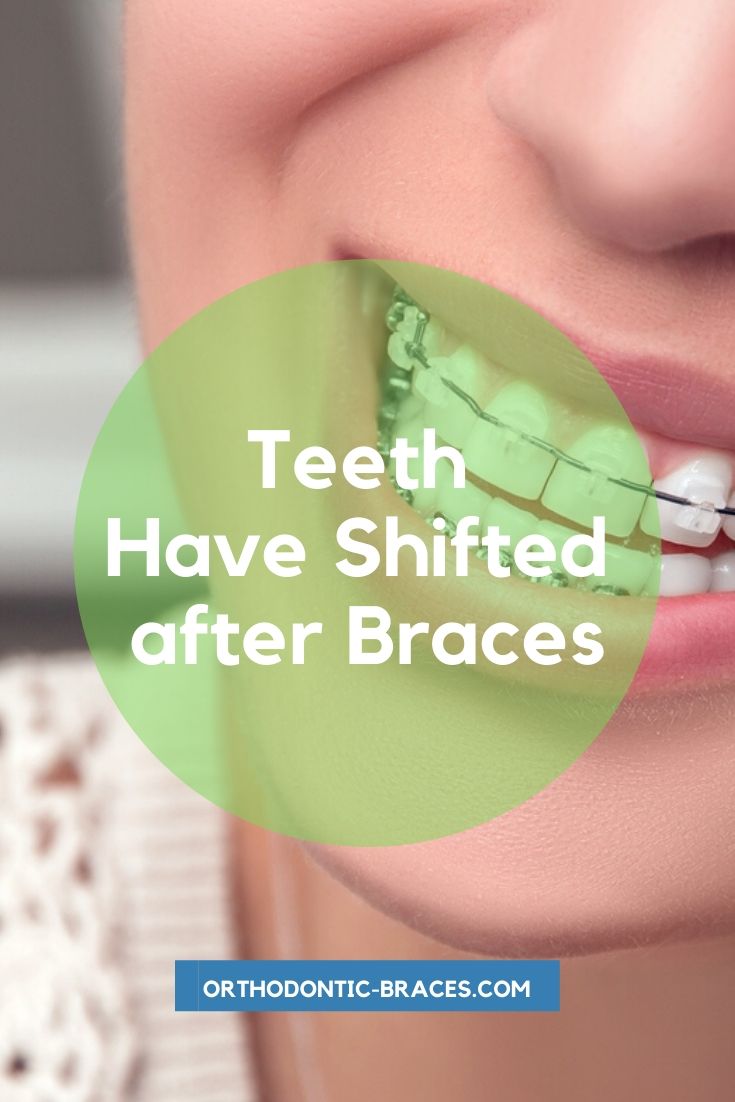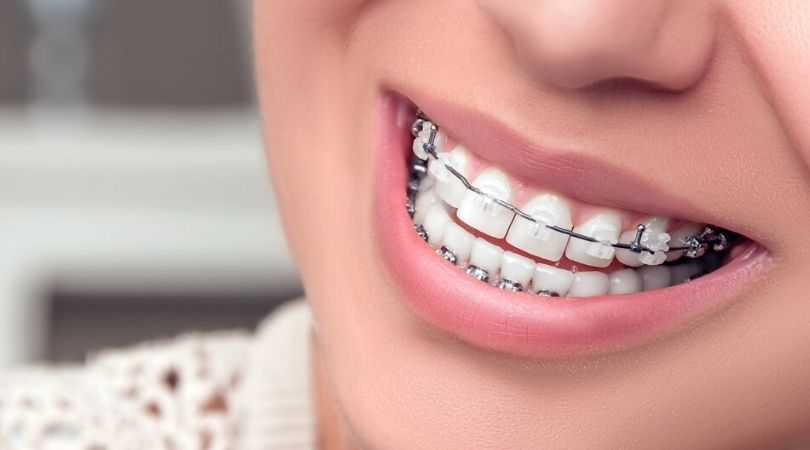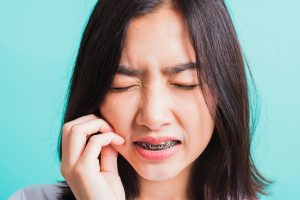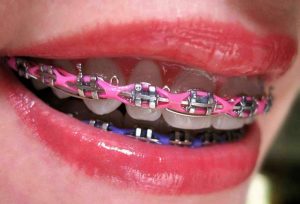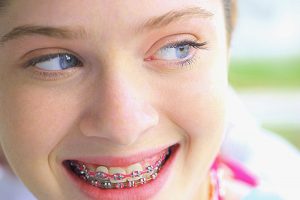You endured 1-3 years in braces, went to countless orthodontic appointments and finally got your desired smile. Only to find out after a while that your teeth have shifted after braces. Is this normal? Should you worry? What to do?
The entire orthodontic treatment is based on the premises that teeth can ‘move’ to another place, rotate and be arranged in an optimum way.
This is what your orthodontist will do: make an assessment of your current teeth position and orthodontic problems, devise a plan and then, with the aid of braces (whether ‘regular’, lingual or Invisalign), she will make your teeth move into a better position, make sure your bite aligns properly and your teeth are finally in a healthy position.
Usually this process ends with some gorgeous photos of your new smile and a new device for you to enjoy: a retainer.
If you don’t wear your retainer as instructed, chances are that your teeth will shift back (not entirely, but enough to ruin your perfect smile). Statistics show that half of the adults who are in braces now, are having a second treatment, because, when they were young, they didn’t wear their retainers properly.
Why Do Teeth Shift After Braces?
There are many reasons:
- there is a normal shifting to be expected – as you speak, chew and even smile, your teeth feel a constant pressure from your tongue, the other teeth (as you bite), the muscles in your cheeks etc.
- you don’t wear your retainer as instructed – I have no intentions to be mean, but you got the retainer for a reason: in many cases, especially with complex cases, you are expected to wear your retainer for years, every night or when instructed. If you lose it, it gets damaged or it just doesn’t feel effective enough, call your orthodontist and schedule a consult to prevent even more shifting.
- the treatment will affect your teeth, not the ligaments that attach them to the jawbone – this means that, once the pressure from the braces is gone, teeth will start ‘moving’ back to their most comfortable position. Even if you got a permanent retainer (bonded retainer), this attaches to 4-6 teeth, so you will need a removable retainer as well, during the night. Anyway, just as with everything else related to your orthodontic treatment, please do speak to a specialist.
- wisdom teeth erupting after the orthodontic treatment – just when you thought it’s all perfect, during your 20’s or 30’s, there’s a new surprise: wisdom teeth erupting and causing havoc in the area. Good thing to remember though, if you do wear your retainer religiously, your teeth will not be impacted by the eruption of your wisdom teeth.
What Is Orthodontic Relapse?
If you read other orthodontic blogs, you probably came across this term: orthodontic relapse. This means, as you can imagine, exactly what we are talking about in this article, the shifting of the teeth, after you finished your braces treatment.
What to Do If Teeth Have Shifted after Braces?
First of all, as soon as you have finished your orthodontic treatment, wear your retainer. If it breaks, is not comfortable anymore or you have lost it, get back to your orthodontist for a new one and a checkup. I know it’s expensive to visit the orthodontist after an already expensive treatment, but, getting back into braces will cost you way more than a visit and a new retainer.
If the teeth have shifted even a little, see your orthodontist. Maybe there’s a new retainer you can use or maybe, if the problem is deeper, you will get a new braces treatment.
In mos cases, even with serious orthodontic relapse, the ‘make up’ braces treatment shouldn’t be as long and uncomfortable as the first one that fixed your teeth alignment. In most cases an easy and short treatment is recommended that would get you back on track.
And, after all it’s perfected again, you will get your retainers to wear as instructed.
